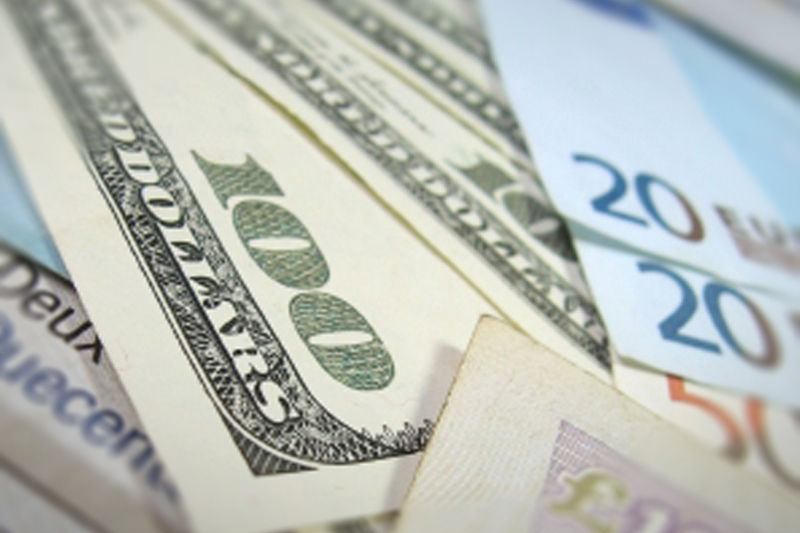Investing.com -- EUR/USD inched down in tight, range bound trade as mixed U.S. economic data provided few indications on the long-term path of the economy ahead of a critical monthly jobs report at the end of the week.
The currency pair traded between 1.1467 and 1.1528, before settling at 1.1490, down 0.0012 or 0.06% on the session. Despite the slight losses, the euro has closed higher against the dollar in 10 of the last 15. It came one session after the euro surged above 1.16 for the first time in nine months, before halting a six-day winning streak.
EUR/USD likely gained support at 1.0538, the low from December 3 and was met with resistance at 1.1713, the high from Aug. 24.
On Wednesday morning, financial information services provider Markit said business activity rebounded in April as new employment opportunities rose at a modest pace, while input cost inflation picked up at its fastest rate in more than a year. As a result, Markit's U.S. Services Purchasing Managers' Index (PMI) stood at 52.8 for April, up 0.7 from the flash reading earlier in the month. Analysts expected a consensus of 52.0, following March's final reading of 51.3. At the same time, the Institute of Supply Management (ISM) said its Non-Manufacturing Index surged 1.2 points to 55.7 in April, far exceeding forecasts for a 54.7 reading. The gains were concentrated in new orders, which surged three points to 59.9, delivering its highest rate of growth since October.
Meanwhile, though factory orders rose by 1.1% in March, they followed a downwardly revised decline of 1.9% over the previous month. Within the report, defense goods jumped by 49% amid an uptick in defense aircraft orders. While the dollar bounced off near 9-month lows on Wednesday, further gains were softened by relatively weak employment figures ahead of Friday's monthly report from the Labor Department. In a monthly report, the ADP Research Institute said private payroll rose by 156,000 in April, sharply below consensus estimates of 193,000. Over the first three months of the Year, the labor market has added an average of 202,000 private jobs per month.
After leaving short-term interest rates steady in April for the third consecutive meeting this year, the Federal Open Market Committee (FOMC) sent broad indications that will take a data-driven approach with the timing of future rate increases. While the Fed has been pleased with solid improvements in the labor market, it has expressed concern with the slow pace of gains in inflation. Any rate hikes by the Fed this year are viewed as bullish for the dollar, as investors pile into the greenback in order to capitalize on higher yields.
USD/JPY surged more than 0.55% to an intraday high of 107.36, bouncing off 18-month lows from the previous day, before settling at 107.02. In Tuesday's session the yen continued its recent hot streak amid heightened skepticism from investors that the Bank of Japan will intervene in the coming months in determined attempts to stave off deflation.
The U.S. Dollar Index, which measures the strength of the greenback versus a basket of six other major currencies, rose more than 0.30% to an intraday-high of 93.36. The index is still down approximately 7% since the start of December.
